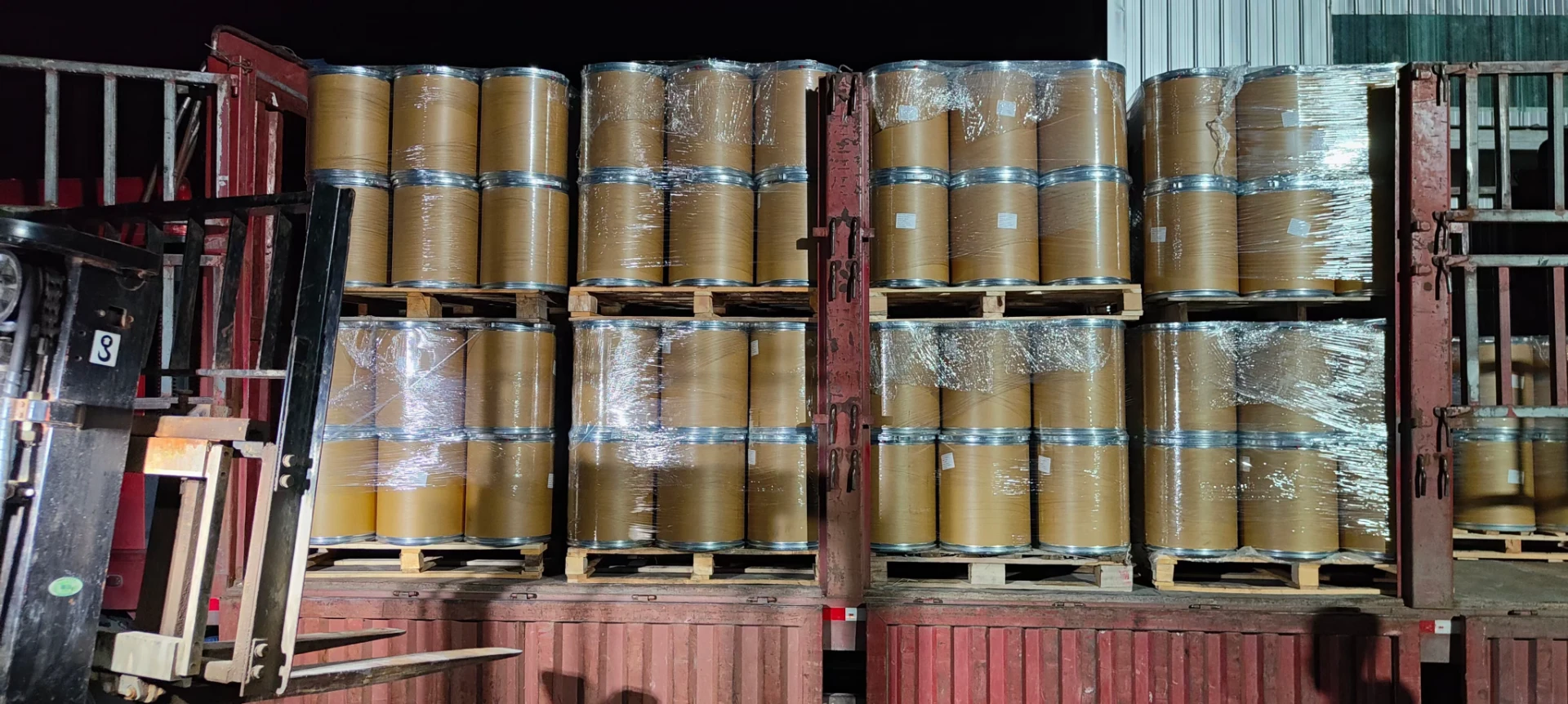Additives for Polymers Enhancing Performance and Expanding Applications
Polymers are ubiquitous in today's world, forming the basis for a vast array of products ranging from everyday household items to advanced industrial materials. However, to meet the specific needs of different applications, the pure polymer may not always suffice. This is where additives come into play. Additives for polymers are substances added to enhance or modify the properties of the base polymer, thereby broadening its functionality and usability.
Types of Additives
Additives can be classified into several categories, including plasticizers, stabilizers, fillers, pigments, lubricants, and fire retardants, among others. Each type serves a distinct purpose that improves the performance of the polymer.
1. Plasticizers These additives increase the flexibility and workability of polymers, making them easier to process. Commonly used in polyvinyl chloride (PVC) products, plasticizers reduce the brittleness of the polymer and improve its resistance to cracking.
2. Stabilizers Stabilizers are crucial for enhancing the thermal and UV resistance of polymers, especially those exposed to harsh environmental conditions. They prevent the degradation of the polymer over time, thereby extending the product's lifespan and maintaining its aesthetic qualities. For instance, UV stabilizers absorb harmful radiation and prevent photo-degradation, which is particularly important for outdoor applications.
3. Fillers Fillers, such as talc, calcium carbonate, or glass fibers, are added to polymers to improve mechanical properties and reduce costs. They can enhance strength, rigidity, and impact resistance, making the final product more durable. The judicious use of fillers can lead to significant cost savings in manufacturing, as they can partially replace more expensive polymer materials.
4. Pigments and Dyes Color is often essential for consumer products, and pigments or dyes play a critical role in creating attractive appearances. Additionally, certain pigments provide beneficial properties, such as UV protection or anti-microbial effects.
5. Lubricants Adding lubricants can improve the processing characteristics of polymers by reducing friction during manufacturing and enhancing flow characteristics. This is especially important in applications like injection molding or extrusion.
additives for polymers

6. Fire Retardants In many applications, particularly in construction and electronics, it is vital to reduce flammability. Fire retardants can help to meet safety regulations while minimizing the risk of fire-associated hazards.
Effects of Additives on Properties
The incorporation of additives can significantly alter the properties of polymers, improving their performance and making them suitable for a wider range of applications. For example, adding a small percentage of a particular additive can enhance tensile strength by up to 50%, while other additives may improve thermal stability to withstand higher temperatures without degrading.
Additionally, additives can influence the processing conditions required for polymer production. For example, the right combination of feedstocks and additives can enhance the flow properties of the molten polymer, allowing for faster processing rates and more intricate designs. This capability is increasingly important in industries where precision and efficiency are paramount, such as automotive, aerospace, and medical device manufacturing.
Environmental Considerations
As the industry evolves, the environmental impact of polymer additives has become a critical consideration. Many traditional additives have raised concerns regarding toxicity and environmental persistence. Consequently, there is a growing trend toward the development of eco-friendly additives derived from renewable resources. Biodegradable additives are also gaining popularity, as they can help make plastic products more sustainable, aligning with global efforts to reduce plastic waste.
Conclusion
Additives for polymers are essential in enhancing the performance and versatility of materials. By carefully selecting and formulating these additives, manufacturers can create polymers that not only meet but exceed the demands of various applications. As innovation continues, the future of polymer additives holds promise for creating even more advanced materials that contribute to both industrial efficiency and environmental sustainability. The ongoing development in this field will undoubtedly pave the way for a new generation of polymer products that are both high-performing and environmentally responsible.

